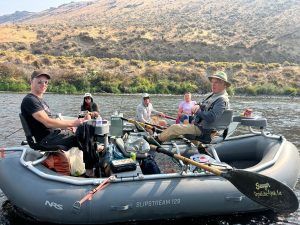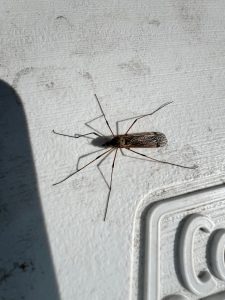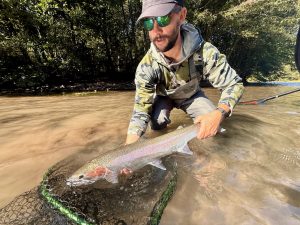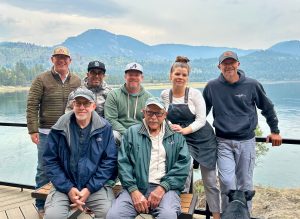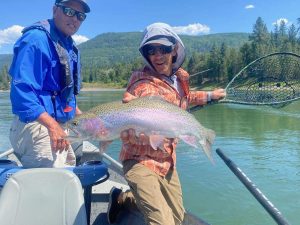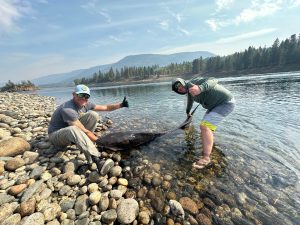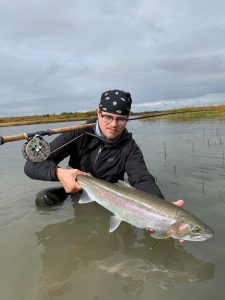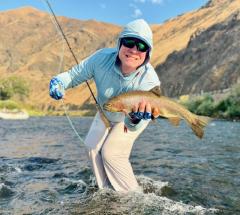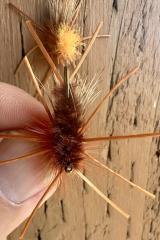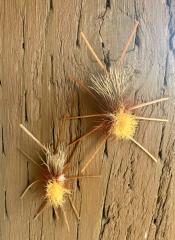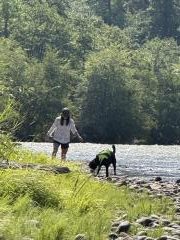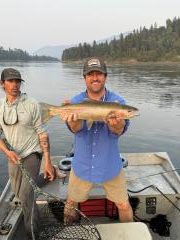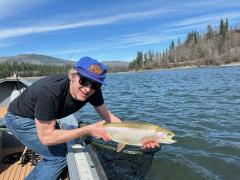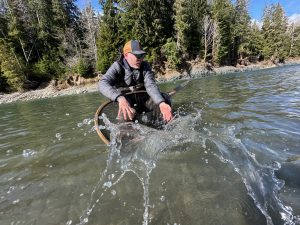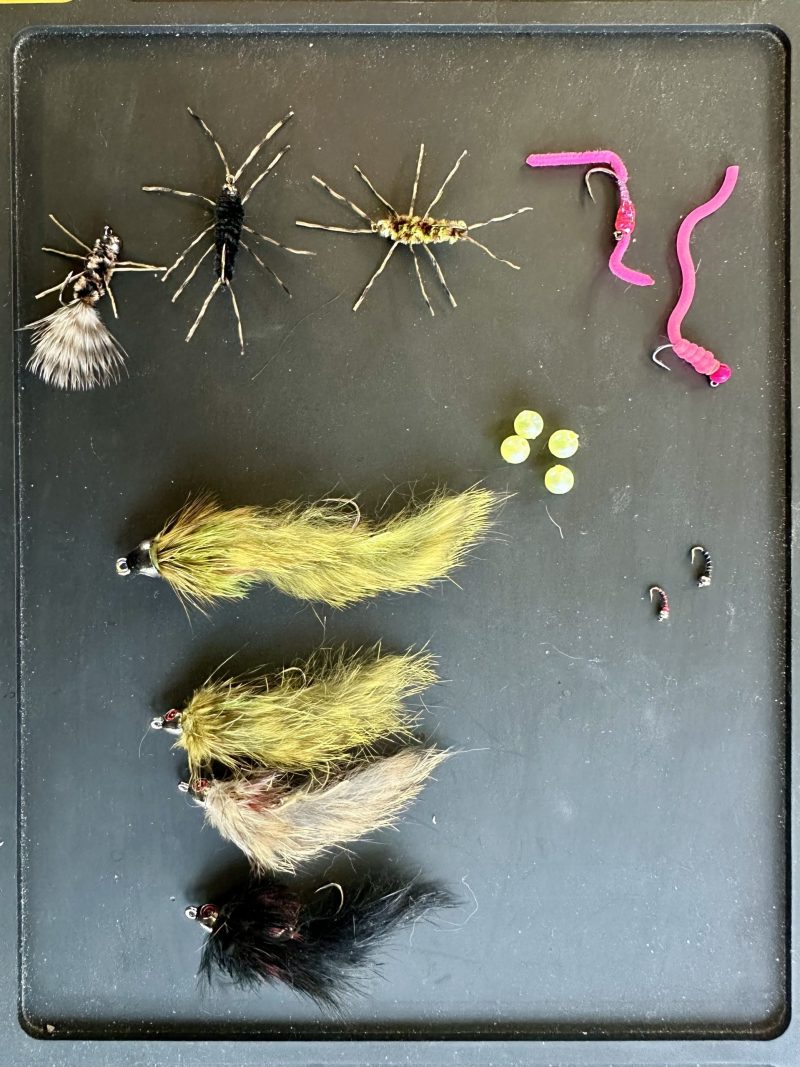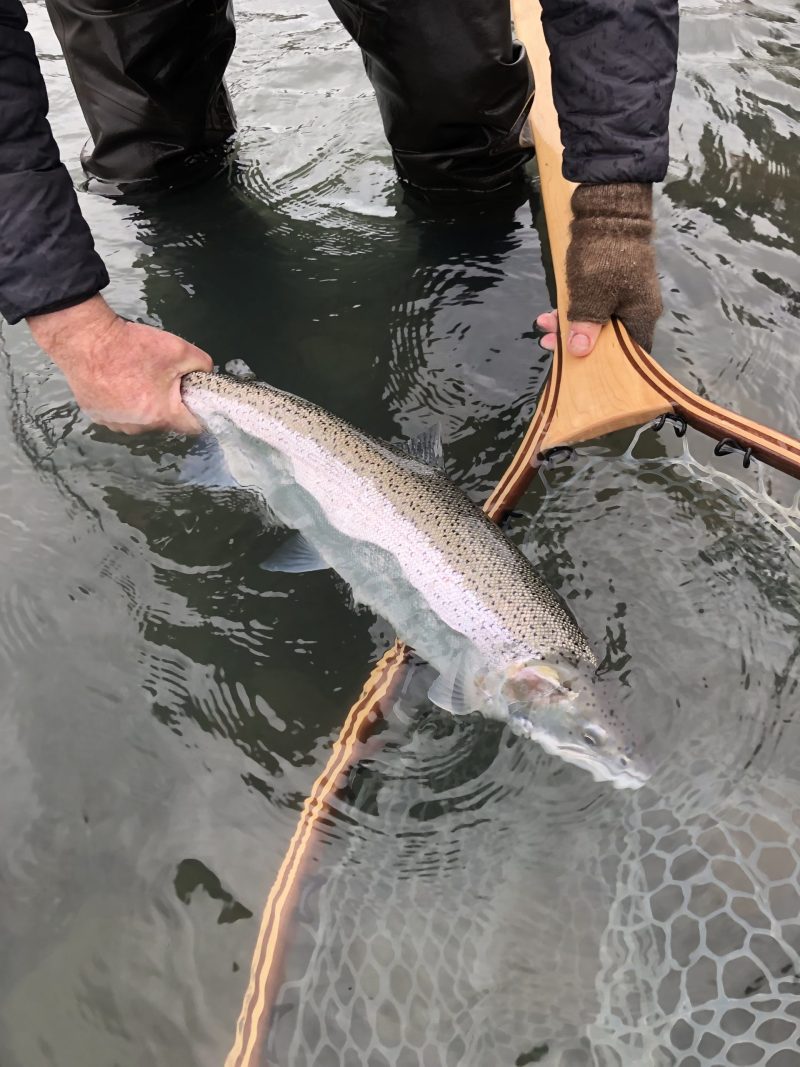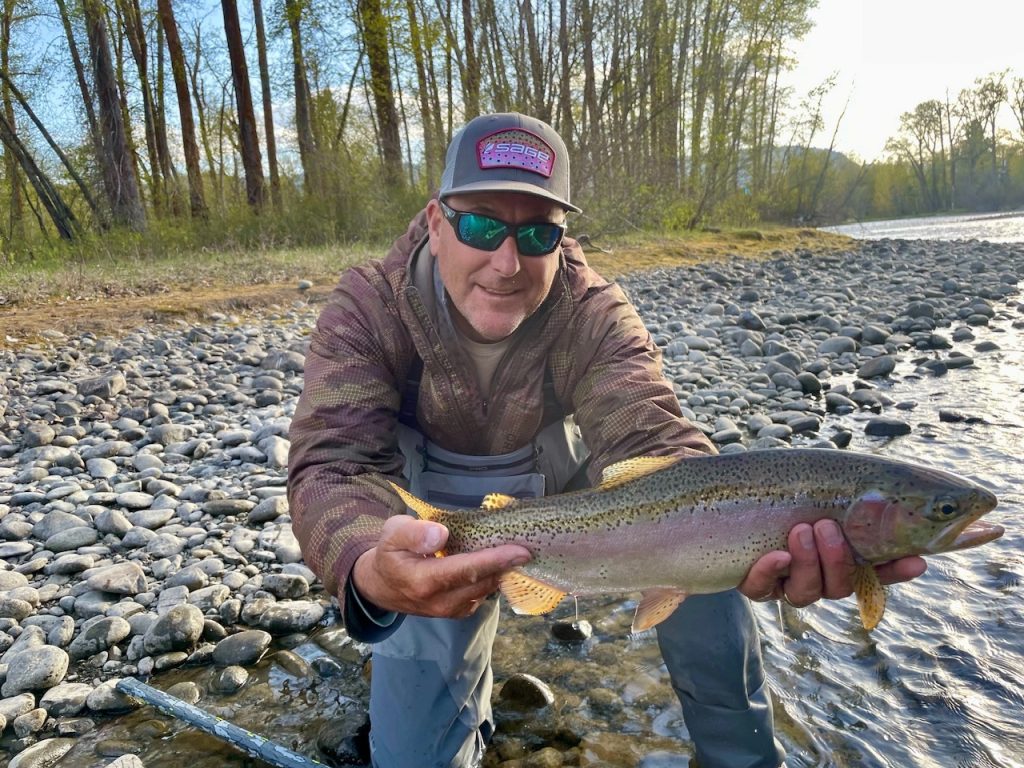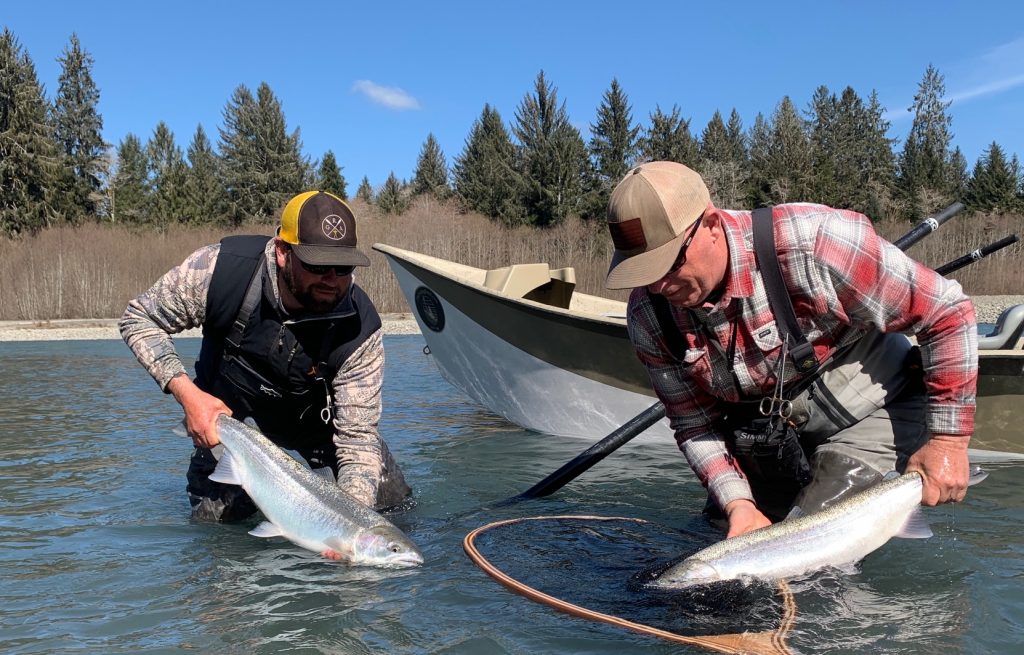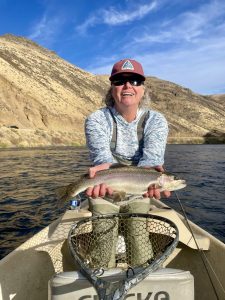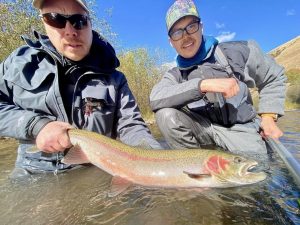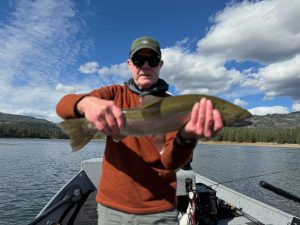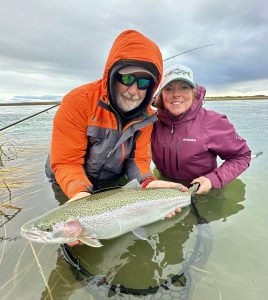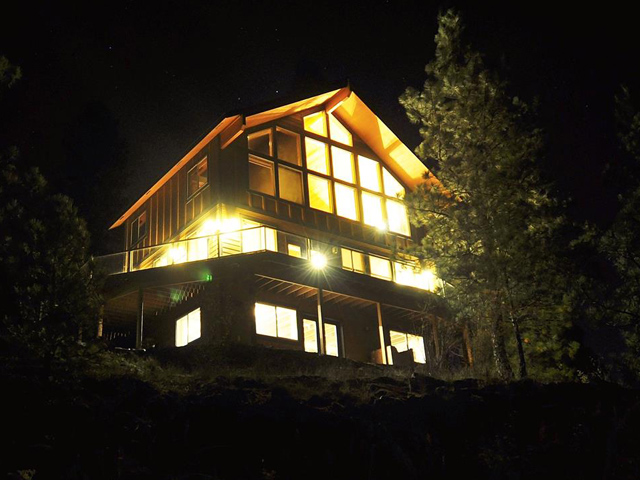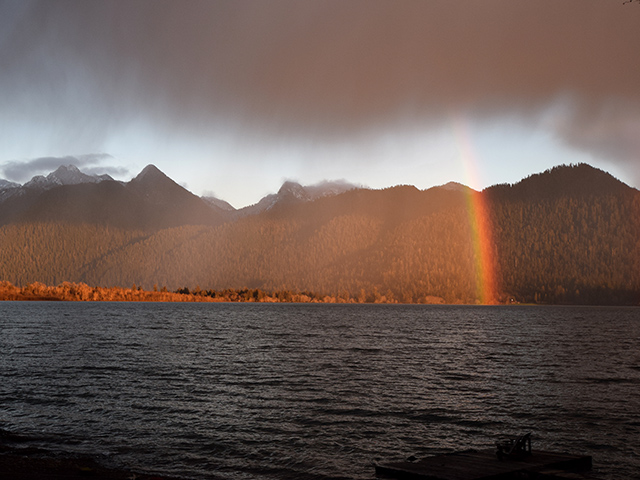
Well it seams that this page is not updated much by me anymore. With the social media platforms we are using now, this page gets forgot about….I will try to do better. However, if you see a delinquent report here, you may find more current info on one of the following
Washington rivers as of recently have been pretty much blown out. It appears that the atmospheric river pattern is pretty much over. Now we need to pray for LOTS of snow in the mountains because as of recently, the basins are VERY light.
We have a big year planned for 2026. Here is a highlight of what is just around the corner.
YAKIMA
Just around the corner is our Winter/Early Spring season on the Yakima. Typically the river is low and predictable. Early season hatches include Midges, Blue Wing Olives and Skwala stoneflies.
To learn more about the Yakima, check this out
I wrote this quite a few years ago but much of it still holds true.
________________________________
OLYMPIC PENINSULA
We are looking forward to spending time fishing for these special sea going bows. We love to swing flies for these amazing fish but we do utilize other tactics as well.
Couple tips on swinging flies…
1)Start short. No hero casts to start with.
2)Make sure the tip you have on is not so heavy that you are scraping bottom but heavy enough to keep it in the strike zone. This means you might need to change your tips out. Or if you are fishing with a buddy, Send the lighter tip through first and then follow up with the heavier set up.
3)Cover likely water… heads and tails are key, especially for moving fish. Remember, Winter Steelhead are almost always moving.
4)Play the tides with the coastal rivers. The ensuing 4 hours after the bottom of the tide is two thumbs up. In essence you are targeting the incoming tide that is on its way to a ‘high tide’ This especially pertains to rivers that have current all the way to the ocean.
Some rivers that have long zones of no flow characteristics near the ocean can actually be better as the tide goes from high to low…..The opposite of the above description.
Never hesitate to holler if you have any questions; wishing everyone a safe and happy holiday season.
jack 509.859.2280








